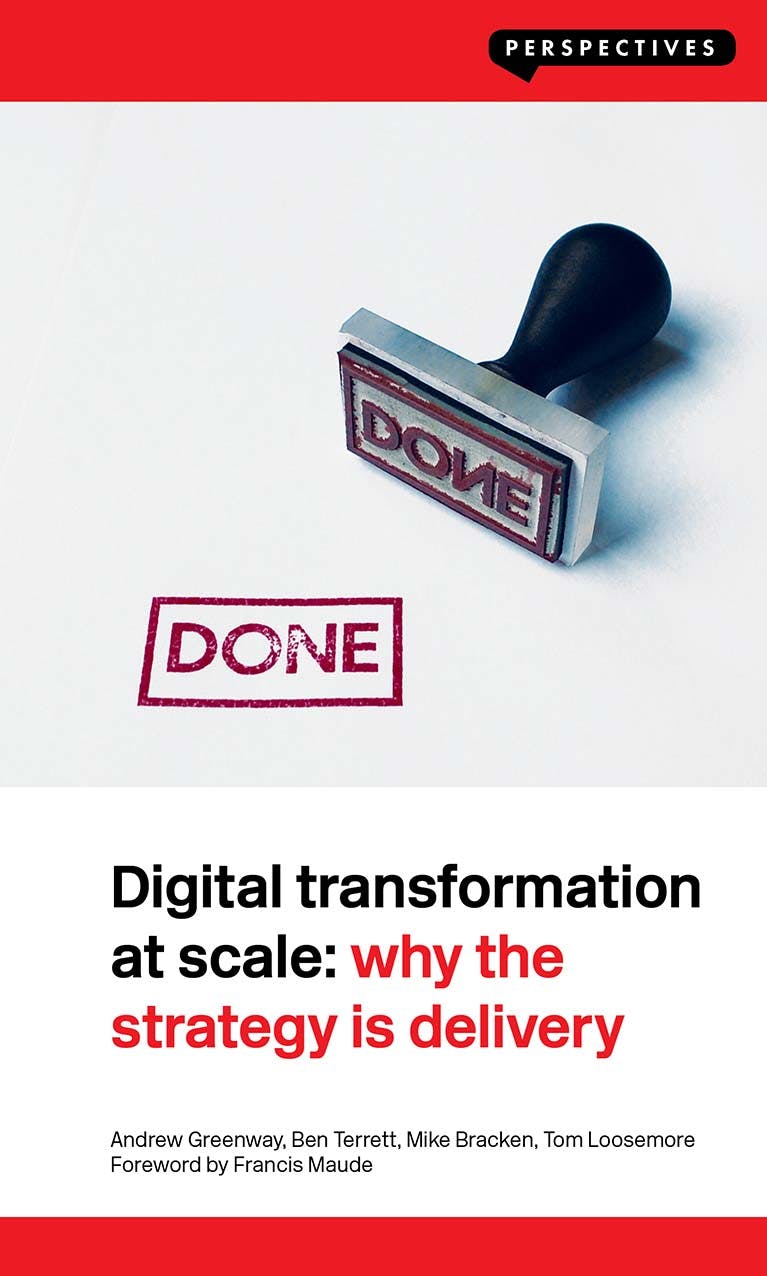Agile teams work in the knowledge that the future is unknowable. The problem that needs to be solved will change over time, and so will the ideal size and composition of the team. There are really only two golden rules for putting together the right group of people. If all the people in that team are good at different things, you’re probably on the right lines. If the team is collectively good at solving different types of problem over time, so much the better. Both of these statements are countercultural to how most governments and large organisations arrange themselves. Organisational design tends to be the output of a powerful blend of inertia, power dynamics, unwritten office politics and leadership behaviour. In general, institutions operating at the scale of government organise themselves into as many silos as possible. The most visible of these are the departments or ministries, where activity is broken down into policy buckets of ever-diminishing size, like Russian dolls. On top of this is an additional layer of arrangement where people with different skills –IT, HR, economics, science, policy, and so on –are clustered together according to what they’re good at. A good agile product team must ignore both sets of walls to combine different skills (from different ministries if the product demands it) in a single team and place.785 ↱

Digital Transformation at Scale
Why the Strategy Is Delivery: Why the Strategy Is Delivery
Andrew Greenway, Ben Terrett, Mike Bracken, Tom Loosemore